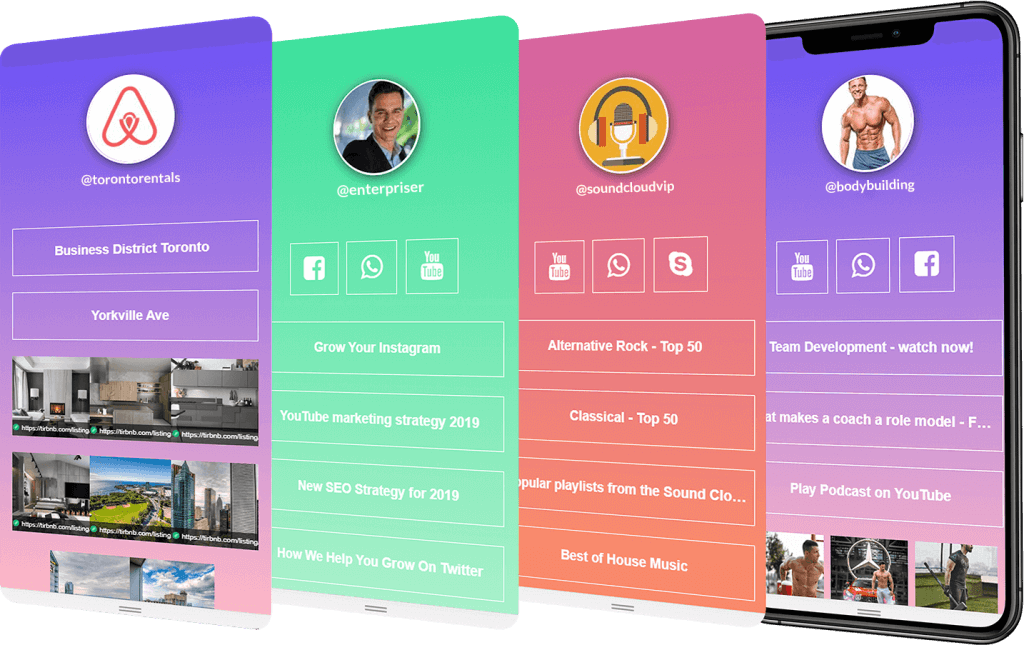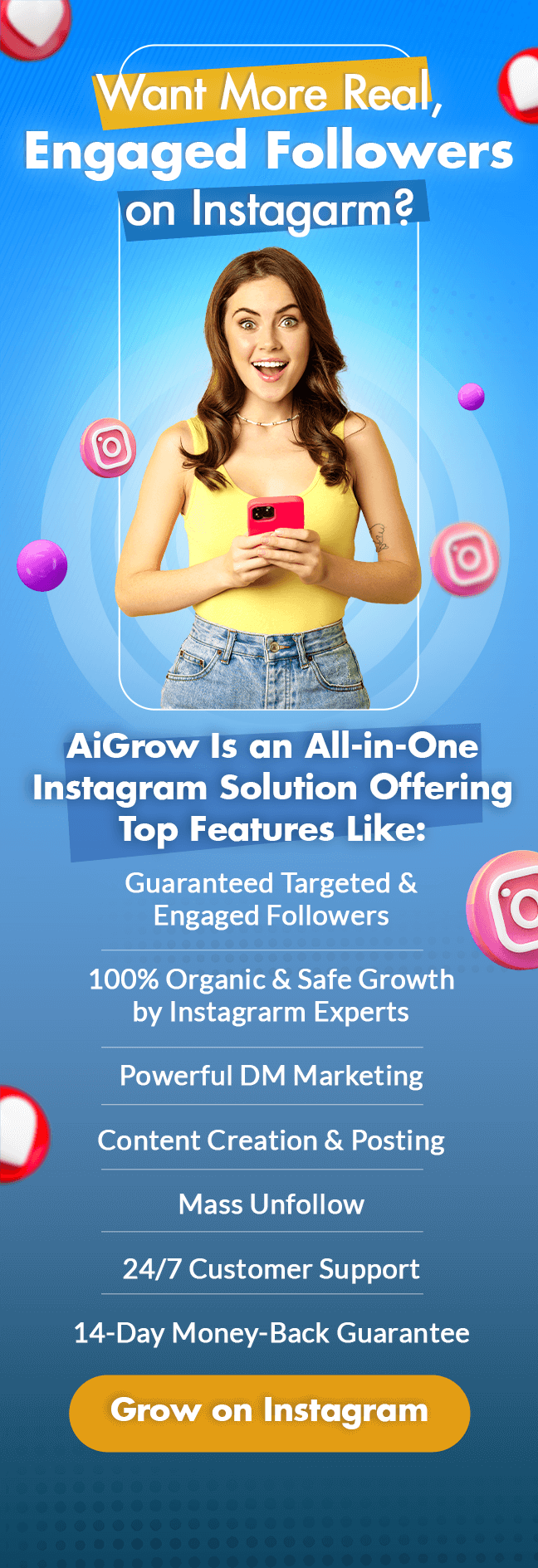Page Contents
The main objective of online enterprises is to grow their sales but that requires the right strategies. Instagram could be a great asset for marketing any e-commerce and marketplace platform. But how exactly?
The first thing to bear in mind is that Instagram has its limitations as a social media platform. For some, it’s uncommon to use Instagram for business promotions, but the platform is recently appealing to a new breed of entrepreneurs who are hungry for conversions.
Just like any other platform, Instagram has to make use of the right strategies that will produce the best results.
Here’s a quick guide to help you use Instagram for scaling your conversions and growing your platform audience.
Instagram Tips to Grow your Ecommerce
1. Use marketing automation
When it comes to growing sales, it’s important that your message is on point. It has to be delivered to the right audience and at the right frequency. This is something you cannot keep track of on your own, so you might as well use an effective system for automating your Instagram posts. For this, you can use tools such as AiGrow to automate your Instagram campaign and attract both sellers and buyers to your e-commerce platform.
2. Link your Instagram to your website
There are some ways to add external links on your Instagram. One is to add a URL in your Instagram stories (the swipe up feature), unfortunately this feature is not officially available for all users. You must have more than 10K followers or a verified account in order to be able to add external links to Instagram stories. However, there are some tricks by which everyone can add links to stories.
The second place you can include an external link in your Instagram account is in your Bio. this has also another downside; Instagram allows for only one URL in your Bio.
There are some tools you can use to add multiple links in your bio.
With AiGrow you can create a customized Bio-Link page and add your social media links to your Bio and also connect your posts to external URLs. this is a great feature for e-commerce owners and bloggers. Here’s are some examples of customized bio pages:
3. Use effective hashtags
Hashtags are powerful elements of a social media campaign, and using them in the most effective way can help rake in buyers. In using hashtags, random phrases just won’t do. You have to look for those that are relevant to your market and consistent with your brand. Research is important if your main priority is to increase online engagement, so you can use tools such as Iconosquare to figure out which hashtags you should be using. Also, make sure to insert your hashtags into the captions of your post so the content you are making will come up.
“6 Best Instagram Hashtag Apps for more Followers and Likes”
4. Keep your audience engaged with effective content
When it comes to running online marketplaces for local suppliers, it is imperative to keep them engaged throughout the process. The content you post is vital, so be sure to spend ample time identifying the trends and content pieces that are bound to get attention. Use tools such as Buzzsumo to gather ideas for content that results in higher conversions. And while you can always follow what other marketplaces do to promote themselves, it is still important to craft Instagram posts that are unique and highly engaging.
To grow your engagement numbers, you can also use engagement PODs. They are an easy way of getting more engagement on your posts.
5. Track your gains
In using Instagram, it is important to know if it consistently produces the results you want in terms of the number of shares and likes. These metrics could very well translate to important opportunities. For this, you can use analytics tools like Union Metrics and Bitly to fully understand how your campaign is performing.
Conclusion
E-commerce platforms and marketplaces can benefit a lot from using Instagram as an essential component of their campaigns. The strategies above should help you get started on scaling your platform, growing your sales, and improving client experiences across the board.







